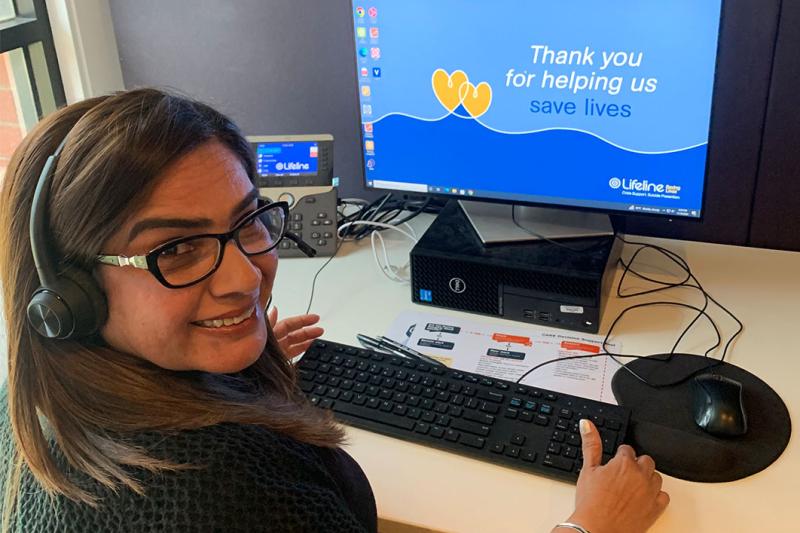UK education and philanthropy leader shares ‘what works’

Education charity the Sutton Trust is part of the respected ‘What Works Network’ in the UK, which uses evidence to influence policy decisions at all levels of government. Mark Burford writes that an equivalent network could be used in Australia.
In Australia there is still an opportunity gap in education – the data tell us that disadvantage in the early years often sets individuals on the path to lower earnings and poorer health and education outcomes throughout life. Breaking this nexus is a major public policy challenge.
This week we are co-hosting, together with the Victorian Department of Education, a visit from Chief Executive of the UK’s Sutton Trust Dr Lee Elliot Major. The Sutton Trust is an education charity which commissions research to influence policy and inform its programs, with the ultimate aim to ‘improve social mobility through education’.
Some of the work that Sutton has done includes the recent Developing Teachers report which highlights why teaching quality is one of the single most important factors in improving educational outcomes for school-aged children. Their work around increasing access and opportunity in higher education and vocational education echoes the live debate currently taking place in Australia.
A very important part of the Sutton Trust’s work has been, in partnership with Impetus Trust, to establish the Education Endowment Foundation which has developed a Teaching and Learning Toolkit. The toolkit is an accessible guide to educational innovations that work to help disadvantaged children succeed in primary and secondary school. The Sutton Trust has been working with the Department of Education and Training in Victoria to develop a similar toolkit that will work here.
The Foundation is part of the broader What Works Network which is an initiative of the UK Cabinet Office. The network has the support of the Cameron Government and philanthropic organisations and was established across a range of social policy areas including health, education and the early years. The centres are independent entities dedicated to rigorously examining the evidence about what works to improve results for people and communities in policy and service delivery and spread the word about successful innovation.
They have already driven change in services in the UK. For example, 45% of senior leaders in UK schools now use the toolkit to improve the way they work, and 4100 schools are trialling evidence-based projects supported by the Foundation.
What we can learn from the ‘what works’ approach
There is a lot we can learn from the Sutton Trust’s success and from the ‘what works’ approach. And there is much that we can share with our UK colleagues about successful innovation in Australia. In particular, we think there is a case for setting up a What Works Network in Australia, to ensure that there is a consistency in the evidence available to all schools.
Our federal system has policy, funding and service delivery spread across all levels of government – often in ways that don’t make for coherent service delivery, focus on the citizen or best use of resources. A network of centres, based on the UK model, could be a powerful system to support change and innovation in delivering services and for strengthening accountability. Especially as such centres would be independent, but supported and trusted by government, business, philanthropy, the community and frontline service deliverers.
Wouldn’t it be great if our governments could work together, with support from across our community?
We’ll be taking up this discussion with Lee when he arrives today, and with state and federal governments, businesses and philanthropists while he is visiting over the coming weeks. Watch this space.



